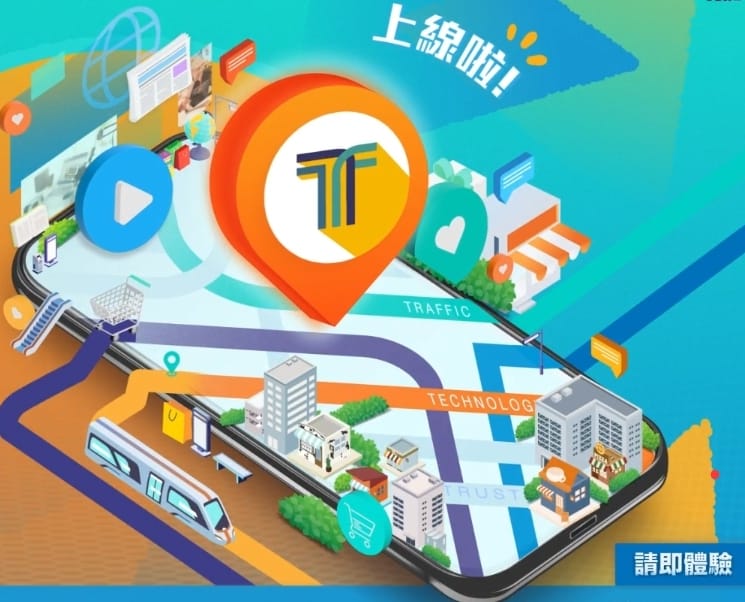Standing Out in the E-commerce World with AIGC
The Impact of E-commerce in the Modern Era
In the dynamic landscape of the e-commerce industry, businesses must always remain at the forefront of the market. This entails embracing novel technologies, adjusting to shifting consumer behaviors, and devising inventive approaches to distinguish themselves in an ever-more competitive arena.
According to data from Statista, global retail e-commerce sales are projected to reach an impressive *US$6.31 trillion in 2023, and this growth is expected to persist substantially through 2026. The COVID-19 pandemic has hastened this trajectory as more individuals resort to online shopping due to lockdowns and social distancing measures. E-commerce has displayed exceptional resilience and adaptability, emerging as a flourishing sector in the post-COVID-19 landscape. As consumers become more accustomed to digital shopping experiences, an increasing number of individuals are gravitating towards this convenient and secure alternative.
Mobile commerce and personalization constitute the pivotal pillars of e-commerce. With a growing number of consumers utilizing their smartphones for online shopping, businesses are optimizing their websites with responsive designs and user-friendly interfaces. Data analytics and artificial intelligence are harnessed to offer personalized shopping journeys that cater to unique preferences, requirements, and even VIP experiences.

The Role of AIGC Digital Humans in E-commerce
Artificial Intelligence Generated Content (AIGC) digital humans are reshaping business-customer interactions. These AIGC digital humans can endorse products and brands, engage with customers in a human-like manner, and provide a more personalized and immersive online shopping experience.
Digital humans can serve to promote products and brands, similar to key opinion leaders (KOLs) or influencers, but without the geographical limitations. They can be tailored to appeal to specific target markets, ensuring the effective delivery of brand or marketing messages.
An additional benefit of digital humans is their capacity to engage customers around the clock, offering personalized product or service recommendations, addressing inquiries, and even guiding customers through the purchasing process and post-sales service. These AI entities can learn from each interaction or response, enabling ongoing improvement and the delivery of enhanced service over time.
Enhancing E-commerce Brand Establishment and Sales through Advertising
In the fiercely competitive world of e-commerce, both Out-of-Home (OOH) advertising and Digital Out-of-Home (DOOH) advertising play a pivotal role in the consumer journey, spanning from brand awareness and consideration to final purchase. Moreover, they have the potential to reach a diverse audience, including those who are less active online or employ ad-blockers, thereby effectively expanding a brand's reach.
- Awareness: OOH advertising, such as billboards or digital panels, enhances brand visibility and awareness. It reaches consumers in their daily lives, making an impression that can stimulate interest and curiosity.
- Consideration: Utilizing interactive elements like QR codes, OOH can guide consumers to an e-commerce platform, enabling them to learn more about the brand and its products, transitioning from awareness to consideration.
- Conversion: Coupling OOH ads with a seamless online shopping experience can impact purchasing decisions, leading to conversion. Geolocation-based personalized ads can further enhance this process by promoting immediate online purchases.
Digital Out-of-Home (DOOH) and Out-of-Home (OOH) advertising offer an exceptional opportunity to attract new customers and engage existing customers, bridging the gap between offline and online shopping experiences. With technological advancements, these advertising forms have become increasingly interactive. For instance, AIGC digital humans and QR codes can be employed on digital panels to effortlessly direct customers to an e-commerce website or app.
Furthermore, Programmatic DOOH advertising provides the advantage of real-time updates, enabling businesses to modify their promotional messages throughout the day to target distinct audiences. Geolocation data can be utilized to deliver personalized ads to consumers near digital billboards.
Standing Out in the Competitive E-commerce World
In the intensely competitive realm of e-commerce, differentiation demands a unique value proposition, a robust brand identity, and an unparalleled customer experience.
Unique Value Proposition: Comprehend what sets your brand apart and communicate it clearly to your customers. This could range from exclusive products and exceptional quality to superior service and competitive pricing.
Brand Identity: A potent brand identity resonates with your target audience and sets you apart from competitors. This identity should be consistent across all channels, from your e-commerce platform to your OOH advertising.
Customer Experience: Deliver an outstanding customer experience encompassing a user-friendly e-commerce platform, personalized shopping journeys, responsive customer service (akin to that provided by digital humans), and seamless integration between online and offline channels.
In conclusion, the future of e-commerce is undergoing transformation through innovative technologies. The employment of AIGC digital humans and the incorporation of DOOH and OOH advertising into a comprehensive marketing strategy are noteworthy trends that are poised to redefine the e-commerce landscape.
*Source from:
https://www.statista.com/statistics/379046/worldwide-retail-e-commerce-sales/
Author: Ray Lee, General Manager at JCDecaux Transport (IAB Hong Kong AdTech & Programmatic Committee)

Please address any questions or comments about this blog to Alvina Chan, Secretariat Office, IAB (Hong Kong) - alvina.chan@iabhongkong.com.

